Condition-specific organisations
An alphabetical list of condition-specific and other useful organisations for people living with a visible difference
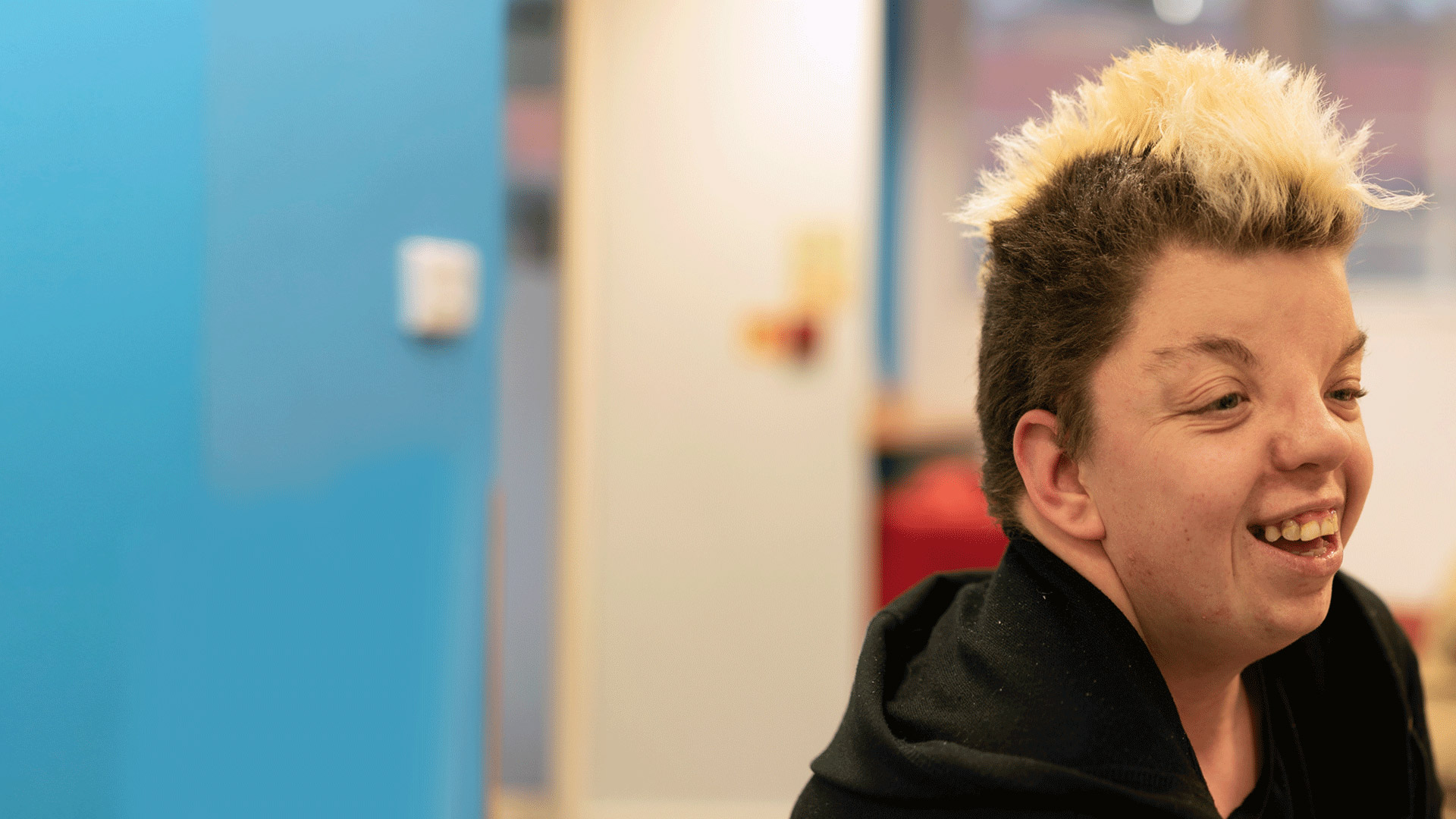
Find out about the main types of visible difference and disfigurement. We also share links to real stories and further information.
Throughout this website, we talk about visible difference and describe it as a scar, mark or condition that makes you look different. On this page, we have broadly categorised the main types of visible difference, providing an overview of each category.
It is not meant to be an exhaustive list and you may identify with a few of these categories.
To learn about particular conditions in more detail, please visit our condition-specific information section. For more detailed advice on dealing with the challenges of living with a visible difference, such as staring or bullying, please see our advice and guidance section.
Categorising them helps us show the range of visual differences people can have, without attempting to list all the types of difference. That would be a huge list.
We have also attempted to describe the range of visible differences for each category.
It is not just large and prominent marks or scars that cause people to look different. Some may not be immediately noticeable – for example, if they are often covered by clothing – but this does not make them any less of a visible difference and you may still find them challenging.
When explaining the types of visible differences, we use some terminology that you may or may not be familiar with.
Where we refer to medical terms that are specific to a condition, for example, “neurological”, we have tried to summarise this in non-medical language afterwards.
Changing Faces does not provide medical advice. If you need medical guidance, please speak to your GP or other health professional caring for you.
What we provide is a range of:
See our support section for who to contact if you need immediate emotional support.
We have outlined each category below, to help you understand the types of visible difference many people live with. Some people live with more than one type of visible difference.
For more information on organisations who support people living with different kinds of visible difference see our page on condition-specific organisations and resources.
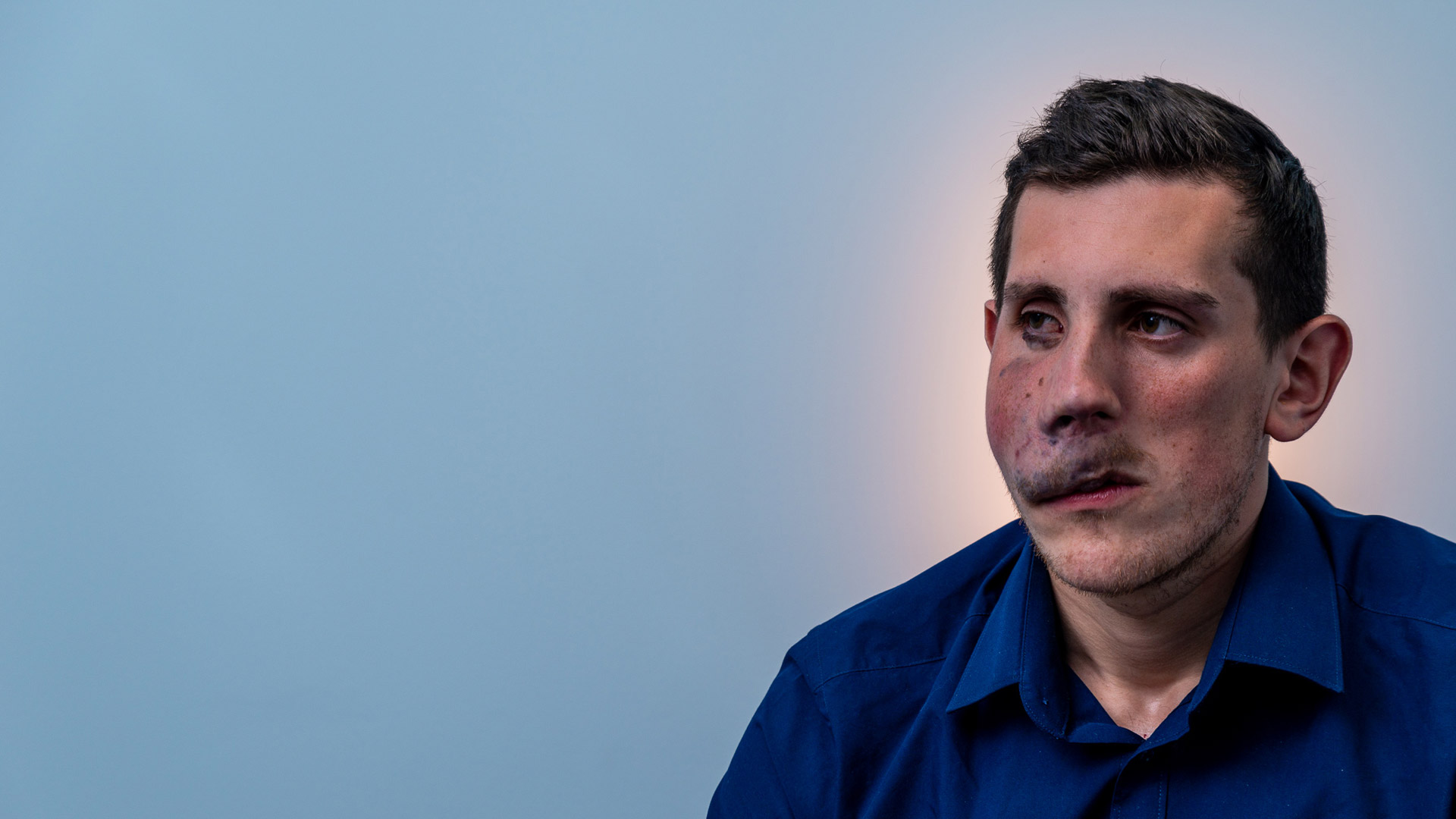
Rory is a Changing Faces ambassador and has a birthmark on his face.
A birthmark is a mark or unusual colouration of the skin. It is a very common condition, with one in three babies born with some sort of birthmark.
Many will fade within the first few years of life, but others will not. Some can be treated, for example, with laser therapy, to reduce their appearance.
Most birthmarks are not linked to a medical condition, but their appearance can be a concern for people. They can be found anywhere on the body, although certain types, such as port-wine stains, commonly occur on the head or neck.
For more information:
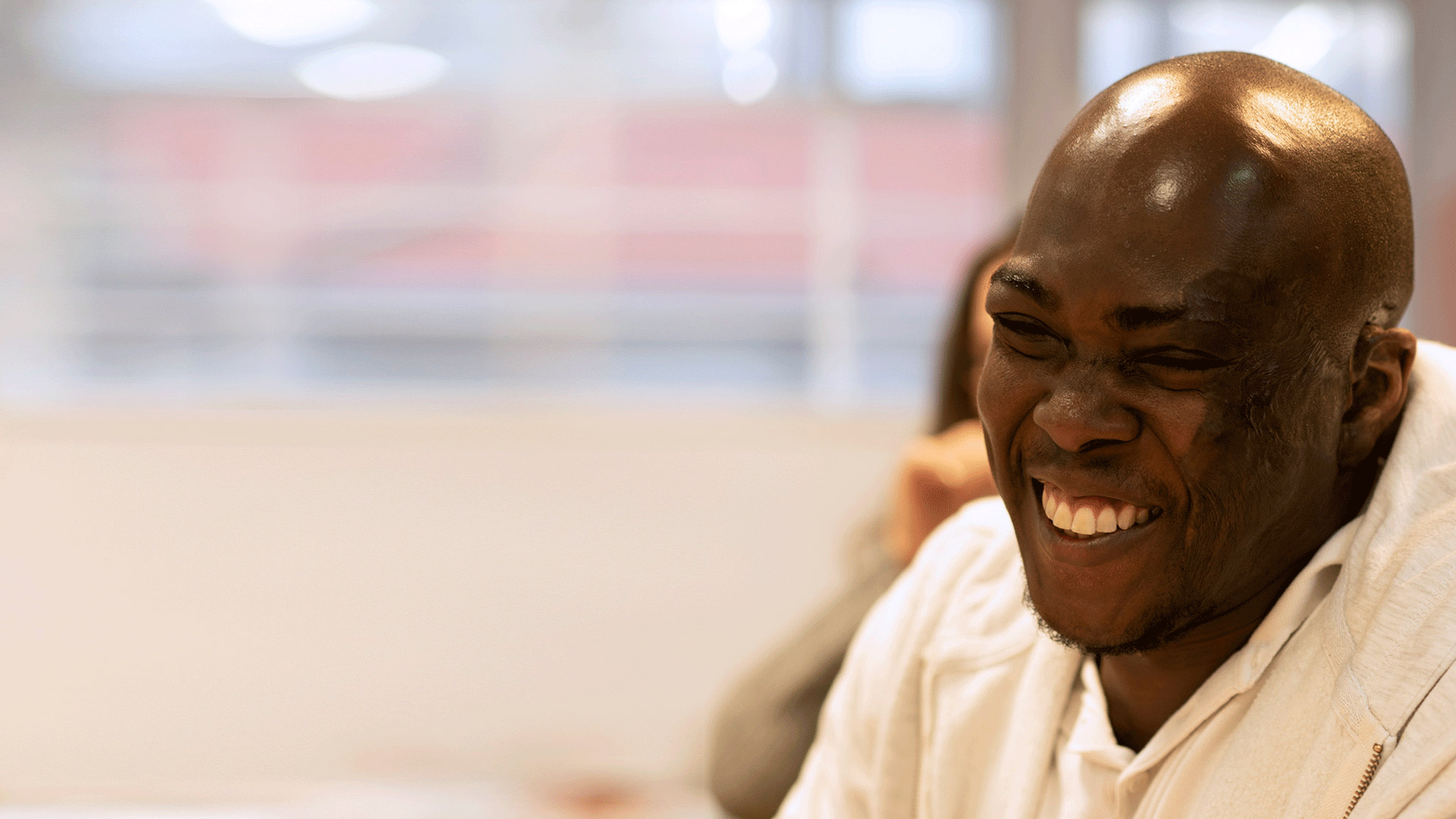
Michael is a Changing Faces volunteer. He has burn scars on his face.
Burns are when layers of the skin are damaged from a heat source. They can happen for a variety of reasons, such as:
If only the top layer of your skin is burned, often it will heal without any long-lasting damage. But if your burn goes deeper, a scar is more likely to form as the skin heals.
It is usually these burn scars that cause a person’s visible difference. Typically, the larger or deeper the burn, the more extensive the scarring is likely to be. Your scarring may also affect the mobility of that part of your body, be sensitive to sunlight or make you more susceptible to infection.
For more information:
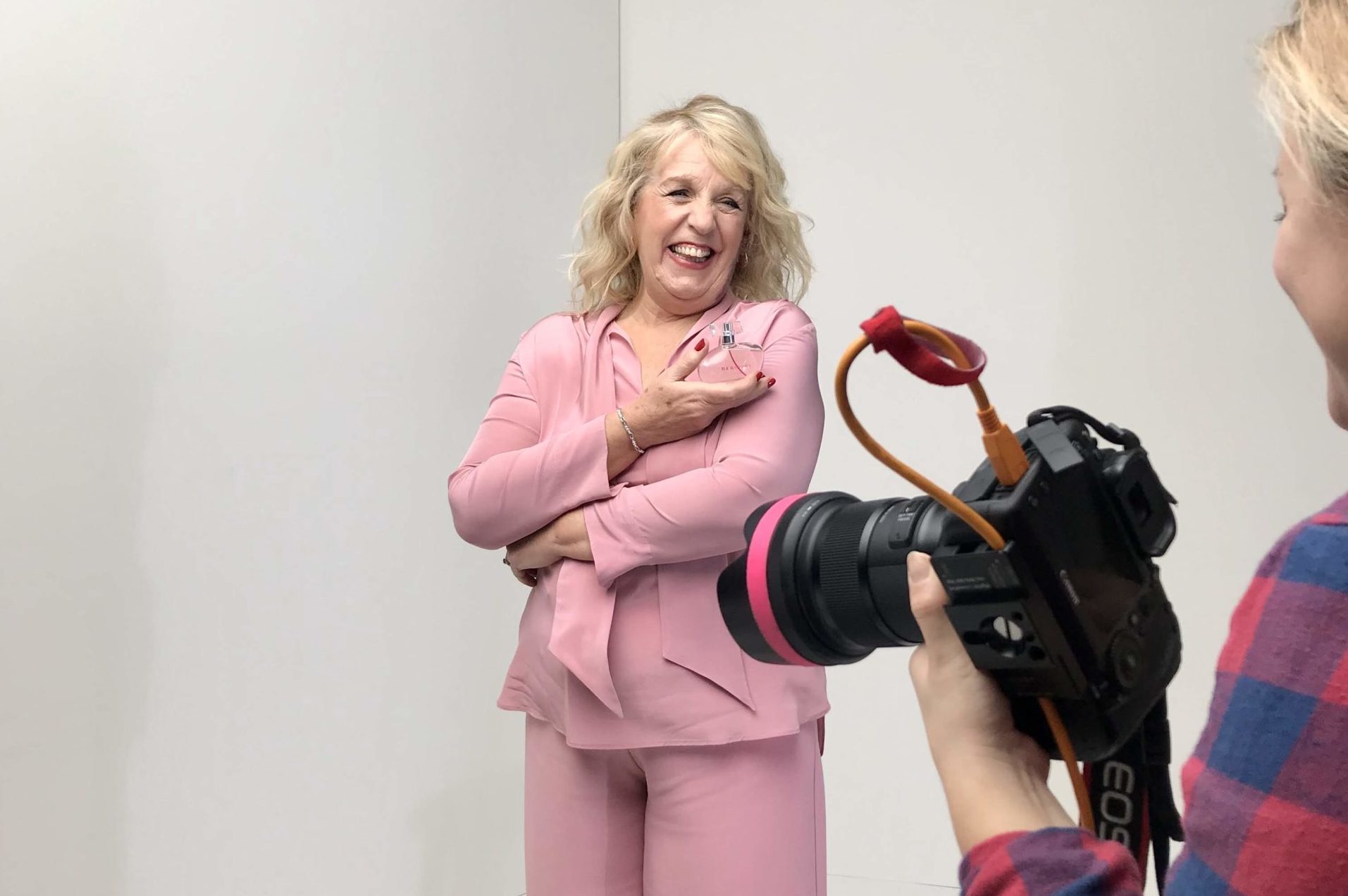
Paulette is a Changing Faces volunteer. She has a birthmark and had a mastectomy after a breast cancer diagnosis. Photo credit: Avon
Cancer is a condition where abnormal cells divide and multiply in an uncontrolled way. These cancerous cells can then affect surrounding healthy cells and organs.
A visible difference can occur from:
Some visible differences caused by cancer are permanent, like scars while others may or may not be temporary, such as hair loss due to chemotherapy.
Not all cancers and treatments cause a visible difference.
For more information:
When a child is developing in the womb, sometimes parts of the face do not join up as they typically would. This can lead to a split in the lip and/or palate (the upper part of the mouth) when the baby is born. This is known as a cleft lip and/or palate.
Children can be born with either a cleft lip, a cleft palate or both.
All babies born with this condition need surgery to join the two parts of the lip or palate together.
Before surgery, the main visual difference is the split to the lip, which can vary from a small notch to a wide split all the way up to the nose.
After surgery, the main visual difference is a scar on the lip. Some children have other complications, that may become apparent or need treatment as they grow, including:
For more information:
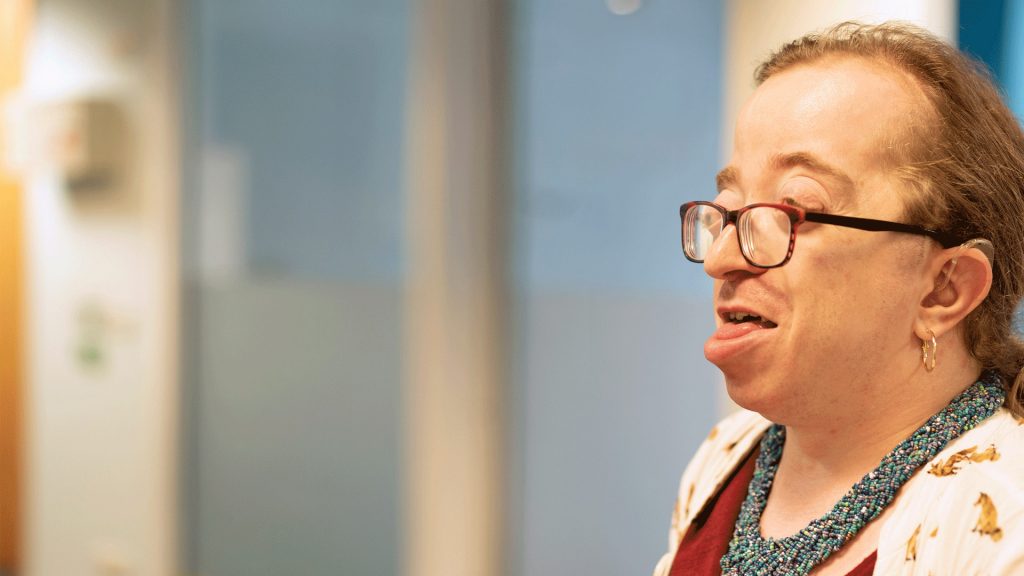
Mikaela is a Changing Faces volunteer and has Crouzon syndrome.
Craniofacial conditions affect the skull and face and are very rare.
Most of these conditions are where the bones of the skull either do not grow as they usually would or fuse together before they are meant to.
In these cases, the visible difference is an unusually shaped head. The unusual shape of the skull can affect other features of the face, including the eye sockets, creating wide, prominent eyes.
Cleft lip and palate is the most common type of craniofacial condition, which we have categorised separately above.
For more information:
Many ear conditions are congenital, although they can also occur due to an infection or accident.
Congenital ear conditions are not common. They may be a stand-alone visible difference or part of a syndrome.
Examples of ear conditions resulting in a visible difference include:
For more information:
Numerous eye conditions can create a visible difference. For example:
As eye contact is often important when communicating with others, conditions that involve the eye(s) can be very noticeable.
For more information:
Depending on the cause, facial swelling may be localised to a specific part of the face or affect the entire face. It may be a permanent or a more temporary visible difference. Examples include:
For more information:
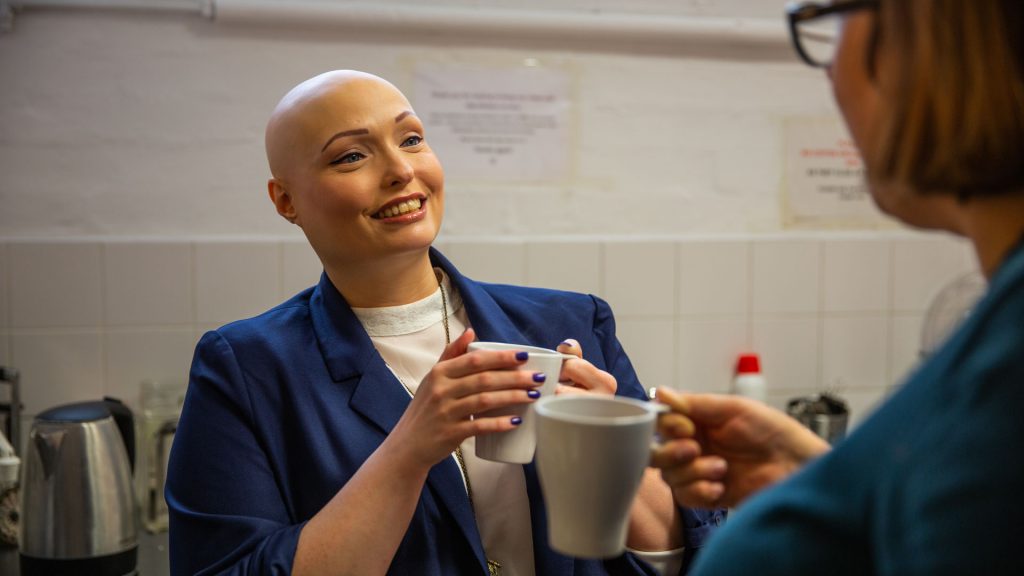
Brenda is a Changing Faces ambassador and has alopecia.
The medical term for hair loss is alopecia.
There are different types of hair loss, from a receding hairline or general thinning to complete loss of hair on the head and/or facial hair, including eyebrows and eyelashes.
Depending on the type of alopecia you have, there may be some treatments to slow down hair loss, but there is no cure. Many people use wigs, hats or headscarves to cover their lack of hair. Some people may continue to have alopecia or reduced hair growth after receiving chemotherapy.
For more information:
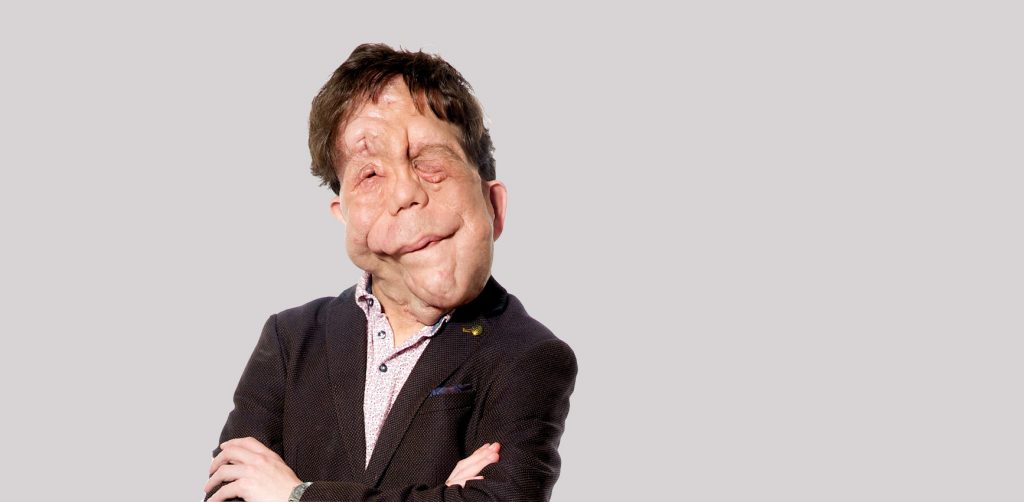
Adam Pearson is a Changing Faces ambassador and was born with neurofibromatosis.
Inherited conditions are passed down from one or both parents. Sometimes parents are not aware they carry the condition until their child is diagnosed.
Many inherited conditions do not cause a visible difference, such as haemophilia (where the body is less able to stop bleeding). However, examples that do include:
For more information:
Limb differences are where a limb (an arm or leg, including hands or feet, fingers or toes) is either:
While some people are born with limb differences, there is a rising number of amputees in the UK. Relatively common reasons for lower limb amputations are complications from diabetes and vascular disease (problems with veins and arteries that carry blood around the body).
Prosthetics (artificial limbs) can help to make everyday tasks easier for some people. Many people choose to adapt how they do things, rather than using artificial limbs.
For more information:
A neurological condition is one that affects your brain, spinal cord or nerves. Paralysis is where you are unable to move some or all of your body. As nerves help to control movement, the two are interlinked. For example, a stroke can reduce blood flow to part of the brain, resulting in partial or full paralysis.
Another example is Bell’s palsy, which causes gradual facial paralysis and drooping. Normally this is temporary (around 9 months) but for some people may be more permanent or the face may only partially recover.
Other causes of neurological conditions include:
Depending on the cause, some conditions can be short-term, while others are permanent. There can be wide variations in how severe a person’s condition is and what impact this has on their life.
For more information:

Jenny is a Changing Faces campaigner and has scars on her stomach from being born with gastroschisis.
A scar is a natural part of the healing process when your skin has been injured. It is a mark on the skin where the wound has healed. Scars are acquired conditions and can occur for a variety of reasons, including:
The impact of scars can depend on where they are on the body and their size, but also the type of scar. Some are flat scars that gradually fade, while keloid scars keep growing beyond the original site of the skin injury and often have a raised appearance.
While time and some treatments can reduce the appearance of scars, nothing can completely remove them.
For more information:

Shankar is a Changing Faces ambassador and has vitiligo on his face and parts of his body.
Many skin conditions can cause a visual difference, including:
Some skin conditions are permanent. Others, like acne, may flare up at different times for example during periods of stress. Conditions like eczema, can be managed with creams and medications and sometimes clear up altogether. Some may cause longer term scarring even after the condition itself has cleared up.
Some people experience symptoms over a large proportion of their body, while others may have a small patch. The impact of the visible difference is very individual and not always related to size or location on the body.
For more information:
We hope you found this guide to the different types of visible difference helpful. For more information, view our list of condition-specific organisations.
An alphabetical list of condition-specific and other useful organisations for people living with a visible difference
Read or listen to real stories from people affected by visible difference, parents and families, as well as Changing Faces staff and volunteers.